
The Growing Threat of Space Debris: Managing Earth’s Crowded Orbit
The Growing Threat of Space Debris: Managing Earth’s Crowded Orbit
Tuesday 1, 2025 | 4,367 Views
In 2025, approximately 10,000 active satellites orbit Earth, a number that has grown rapidly due to advancements in space technology and the rise of mega-constellations like SpaceX’s Starlink. While this surge has enhanced global communication, navigation, and scientific research, it has also intensified concerns about space debris, posing a serious threat to operational spacecraft and future missions. Without immediate intervention, the increasing clutter in Earth’s orbit could make space operations significantly riskier and more expensive, ultimately impacting crucial services on Earth.
The Boom in Satellite Deployments
The last decade has witnessed an unprecedented increase in satellite launches, driven by commercial entities, government agencies, and international organizations. Companies like SpaceX, Amazon (with Project Kuiper), and OneWeb aim to provide global internet coverage, deploying thousands of satellites in low Earth orbit (LEO). Starlink alone accounts for a significant share, with plans to expand its network beyond the existing 5,000-plus satellites.
The widespread adoption of satellite technology has brought undeniable benefits, from enhancing global connectivity to supporting scientific discoveries. However, this expansion has also led to a rapid accumulation of defunct satellites, spent rocket stages, and fragmented debris from past collisions. The congested orbital environment has raised alarm among astronomers and space agencies, as an increase in satellite density also increases the likelihood of catastrophic collisions.
The Space Debris Crisis
Space debris consists of defunct satellites, abandoned rocket bodies, and fragments from accidental collisions. These objects travel at speeds of up to 28,000 km/h (17,500 mph), making even small debris a lethal hazard for active spacecraft. The infamous Kessler Syndrome—a scenario where cascading collisions generate more debris, further increasing collision risks—has long been a concern for space experts.
Already, near-misses between satellites and debris are becoming more frequent. In 2021, the International Space Station (ISS) performed multiple maneuvers to avoid debris threats, highlighting the growing challenge of operating safely in space. According to NASA and the European Space Agency (ESA), there are currently over 130 million pieces of debris larger than a millimeter in orbit, each with the potential to cause severe damage to operational satellites.
The consequences of an unchecked rise in space debris are dire. A collision between two large objects could create thousands of new fragments, increasing the likelihood of further collisions. Such a scenario could compromise essential services, including weather forecasting, GPS navigation, international communications, and scientific research conducted via space telescopes and probes.
Mitigation Efforts and Future Solutions
Recognizing the urgency of the space debris problem, space agencies and private companies are actively working on mitigation strategies:
-
Active Debris Removal (ADR): Technologies such as robotic arms, nets, and harpoons are being developed to capture and deorbit space debris safely. Companies like Astroscale and ClearSpace are pioneering ADR missions to clean up space junk, with upcoming test missions planned to demonstrate the feasibility of large-scale debris removal.
-
End-of-Life Deorbiting: Many new satellites are now equipped with propulsion systems or drag sails to ensure they re-enter Earth’s atmosphere and burn up at the end of their operational life. This design philosophy aims to prevent the accumulation of non-functional satellites in orbit.
-
Improved Space Traffic Management (STM): AI-driven collision avoidance systems help satellite operators predict and prevent potential crashes. Companies like LeoLabs and space agencies are investing in STM frameworks to enhance real-time tracking and coordination among satellites.
-
Regulatory Measures: International organizations like the United Nations Office for Outer Space Affairs (UNOOSA) and the Committee on the Peaceful Uses of Outer Space (COPUOS) are working on stricter guidelines for sustainable space operations. Governments and space agencies are being urged to adopt responsible satellite deployment strategies and invest in debris mitigation policies.
Beyond these technical solutions, fostering international cooperation is essential. The growing number of private and governmental space actors necessitates the creation of global regulatory frameworks that enforce responsible practices. The challenge remains in balancing commercial interests with long-term space sustainability.
The Future of Space Sustainability
As the number of satellites continues to rise, space sustainability must remain a priority. Governments, private enterprises, and space agencies must collaborate on innovative solutions to prevent the long-term consequences of uncontrolled debris buildup. Without proactive measures, the increasing clutter in orbit could hinder future space exploration and endanger essential satellite services on which modern society depends.
New initiatives, such as self-destructing satellites and biodegradable satellite components, are being explored to reduce long-term debris accumulation. Additionally, future missions may incorporate space debris recycling technologies, turning discarded materials into useful resources for in-orbit manufacturing.
The challenge is complex, but with continued advancements in technology and international cooperation, humanity can work toward a cleaner and safer space environment. A balance must be struck between harnessing the benefits of satellite technology and ensuring that Earth’s orbit remains navigable for generations to come. Only through coordinated action can we ensure that space remains an accessible and sustainable domain for future exploration and scientific advancement.
News in the same category


My Ex-Husband Asked Me to Be a Surrogate for Him and His New Wife - It Ended Not as He Expected

My Wife Left Me and Our Children After I Lost My Job – Two Years Later, I Accidentally Met Her in a Café, and She Was in Tears

A Promise I Couldn’t Walk Away From

In Six Months, I Gave Birth, Lost My Leg, and Fought C.a.n.c.e.r

He approached three cops and asked to pray for them.

I gave up my prom dress money to help a homeless man, and the next day he brought an unbelievable gift to prom.
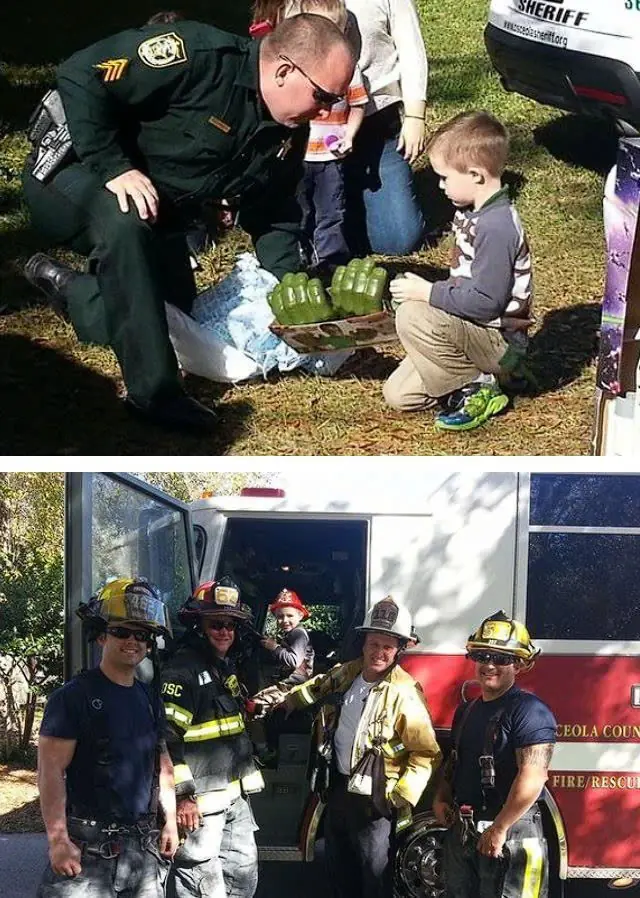
No classmates attended my son’s birthday, but strangers did

My Selfish Sister Stayed by Mom's Side When She Fell Ill, but Everything Changed after the Doctor Shared Mom's Last Words

I Adopted the Oldest Shelter Dog, Knowing She Had Only a Month to Live — My Goal Was to Make It Her Happiest.

My husband traded his family for an affair — three years later, i saw them again and felt deeply satisfied.
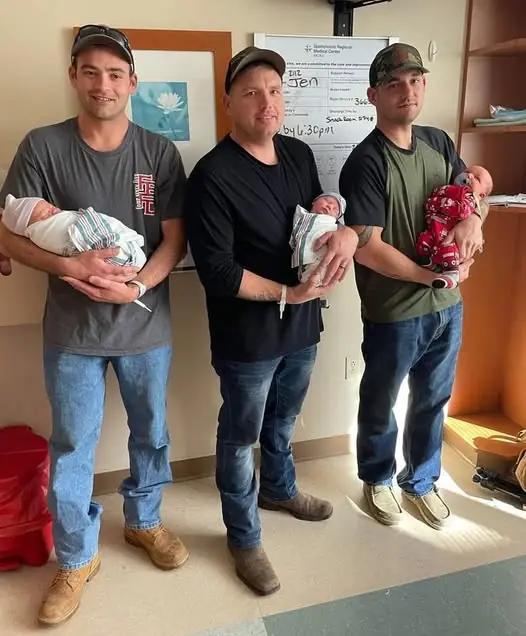
Three of us became dads in a day—one text changed everything.
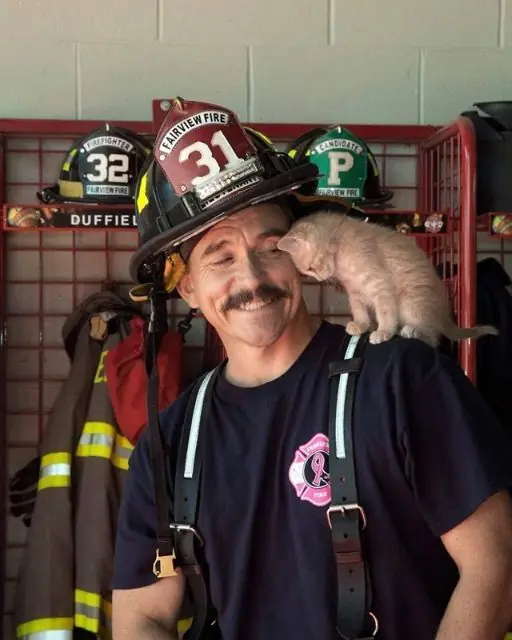
He pulled her out of a burning building—and then she never left his shoulder

HE JUST NEEDED $25 FOR A HAIRCUT—BUT WHAT HE DID WITH IT SHOOK ME

When my son innocently revealed that my husband had been secretly driving a brighter car with a woman I knew nothing about.

Why Was My Son Left Out? A Text Revealed the Truth
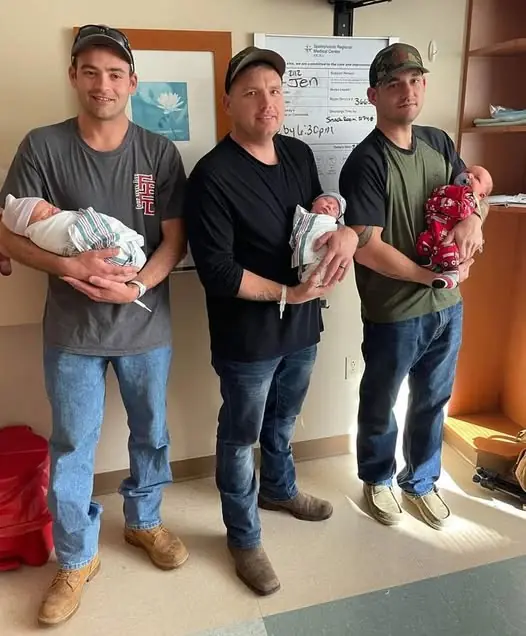
Three Became Fathers in a Day—One Text Changed Everything

"Unbelievable Coincidence: The Orphanage Held a Carbon Copy of Our Child!"
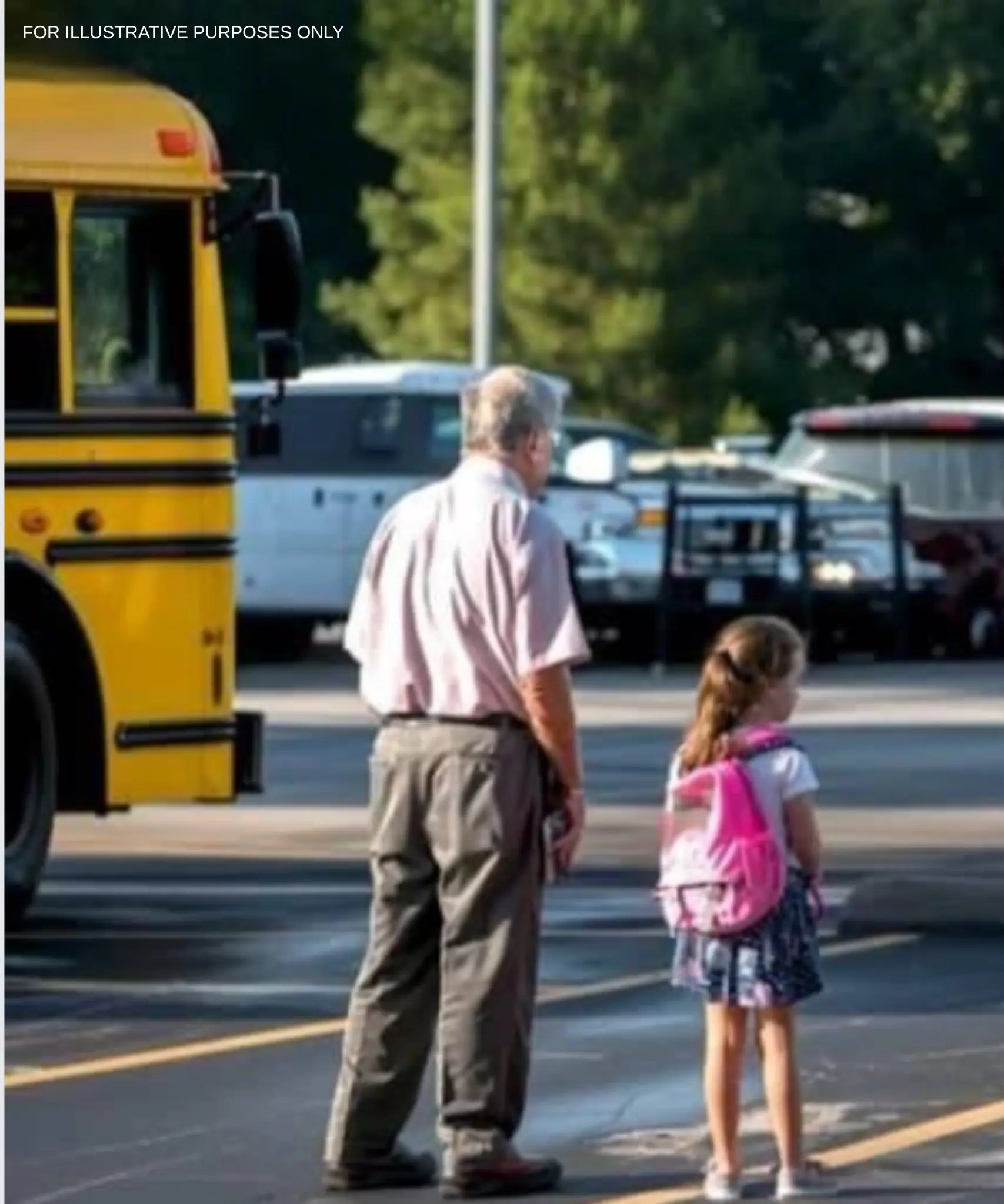
The Hidden Weight of Childhood: A Journey of Independence, Compassion, and Unspoken Secrets

There were cops in my yard, and as an african american family, my mind was full of negative thoughts
News Post

I Saw My MIL on TV Looking for a 'True Wife' for Her Son – I Gave Her the Revenge She Deserved

My Ex-Husband Asked Me to Be a Surrogate for Him and His New Wife - It Ended Not as He Expected

Why Smoking Weed at 30 Could Impact Your Future: What Science Says

My Wife Left Me and Our Children After I Lost My Job – Two Years Later, I Accidentally Met Her in a Café, and She Was in Tears

Top 14 Kinds of Fish You Should Never Eat

A Promise I Couldn’t Walk Away From
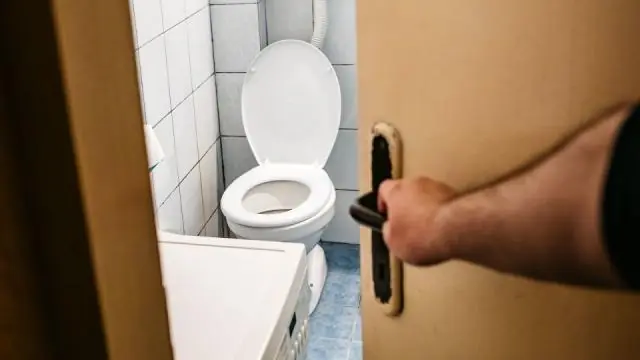
Frequent Nighttime Trips to the Bathroom Could Be an Indicator of Heart Failure, Research Suggests

In Six Months, I Gave Birth, Lost My Leg, and Fought C.a.n.c.e.r

He approached three cops and asked to pray for them.

Doctor warns: A common habit may double the risk of a heart attack

I gave up my prom dress money to help a homeless man, and the next day he brought an unbelievable gift to prom.

No classmates attended my son’s birthday, but strangers did

My Selfish Sister Stayed by Mom's Side When She Fell Ill, but Everything Changed after the Doctor Shared Mom's Last Words

I Adopted the Oldest Shelter Dog, Knowing She Had Only a Month to Live — My Goal Was to Make It Her Happiest.

My husband traded his family for an affair — three years later, i saw them again and felt deeply satisfied.

Three of us became dads in a day—one text changed everything.

He pulled her out of a burning building—and then she never left his shoulder

Banana Peels as a Natural Ant Repellent: A Safe and Eco-Friendly Solution

1 year ago 1 year ago Peace Lily Care Guide: Key Tips to Ensure Its Flourishing Growth
